I spent a wonderful day on Friday in Pachacutec with Barbara, a nun serving with Medical Mission Sisters. Barbara is an absolute delight; I feel a great kinship with her and adored our day together. I cannot imagine a better attache into the community!
About Pachacutec…. Pachacutec is a very new “pueblo joven” to the north of Lima. It is technically in Callao (the location of the Lima airport, also called the Lima-Callao airport) and rests along the dry coastal land on the edge of the Pacific. The Garcia administration set aside this area as a “special project” in 1988. By 1992, 9,000 lots had been auctioned. Approximately 2,000 additional settlers made informal occupation (called “invasion” around these parts), mostly related to internal migration of refugees affected by the terrucos. Development was slow due to lack of basic services (no water, sewage, or electricity) and distance from major roads.
Then in 2000, Fujimori ordered a relocation of some 7000+ “invading” families from Villa El Salvador (an older, more established pueblo joven in the southern extreme of Lima) to Pachacutec. For the first six months, the government assisted with necessities (food, water, blankets, trash collection, straw mats used as building materials for shelters, etc.) and then NGOs took over in these aids and began to support the formation of community organizations.
Today, 70% community has electricity. There is no water or sewage. Large trash buckets (usually the color blue) sit outside of most houses (or on top of more newly constructed, concrete houses) and are filled up daily by a hose extending from a water truck. No phone lines; I’m not sure if my cell functioned but for some reason I feel confident it probably did. The majority of the buildings are made from straw mats or plywood. About a third have cement floors. Few have latrines; most of the community utilize septic tanks. Several preschools, primary schools and clinics dot the community with others currently in construction.
Churches of several denominations also exist (Catholic and evangelical, from what I understood.) In short, it is a population living in poverty and extreme poverty. It is also one of the most fantastic communities I have visited here in Peru.
Barbara and I road the purple bus to Pachacutec for about an hour from her current home in Callao (about a 30-40 minute ride from our house in Miraflores). We road up the coast, past the oil refineries and manufacturing plants that line industrial Callao’s shore. A highlight of the ride: the young man with painted red nose and oversized, brightly colored pants who hopped on the bus, told jokes, and passed around a bag of chocolates (for a fee) which he claimed “cured diabetes.” He received some genuine laughter from the crowded bus and I was impressed at the level of respect and patronage he got from the passangers. How enterprising! The last few miles of our trip were on unpaved roads, through a small wetland preserve and into the dry, sandy hills that look out to the Pacific.
We had lunch in a comedor popular, a community kitchen, staffed by community members who sell hot lunches at reduced cost to members (mostly children and adolescents). I took the opportunity to talk some with a few residents; although I wish I had done more of this. While people were at first leary of me in appearance (I’m a pregnant gringa) the moment I began to show interest they lit right up to me with friendly faces and words. From there, we went into one of the local sectore markets (one market per sector) complete with a station, equipped with megaphone perched high overhead, for making announcements and playing music. A few steps into the wonderful market, Barbara ran into a friend, Sr. Gonzales, who was the former system announcer! (Word on the street is that he was replaced due to age.) The Sr. was so warm, friendly, and charismatic. We talked about the election (he’s supporting Lourdes — and Crisco, he loves the current Chilean top dog), politics, and the community. Barbara and I agreed that he should run for local political office.
After our market chat, we headed over to one of the clinics, where we ran into several people who run anti-violence training programs in the community (a very lucky situation!) We spent awhile chatting, the staff welcomed my use of the ladies’ room, and we enjoyed a few minutes out of the scorching sun. As with other communities in Lima, respiratory illness is a major, major problem in Pachacutec, as well as skin diseases, chronic diarrheas, and other GI problems. (Given the conditions… sand dunes, lack of water and sewage, high humidity, and poor ventilation — there is not much a health center can do but provide bandaids to ease the symptoms of the diseases of poverty.) Our final stop was to the large MIMDES (Ministry of Women and Social Development) office. We met with Sonya, the community violence prevention coordinator, and her staff. Brilliant folk — including one energetic woman who sold us a few cans of homemade beans before taking off to another meeting. (Funny moment: the beans came up during an interesting conversation segway and I actually thought that she was selling the cans as armas to carry for protection. Big laugh.)
Out of all the communities I’ve visited, this one by far felt the best. I loved the people, loved being there, and honestly cannot wait to return. It was a great day — exhausting and fulfilling!
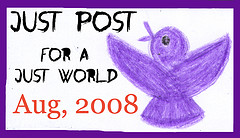
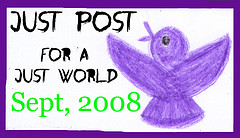
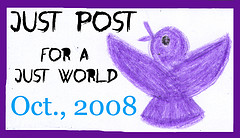


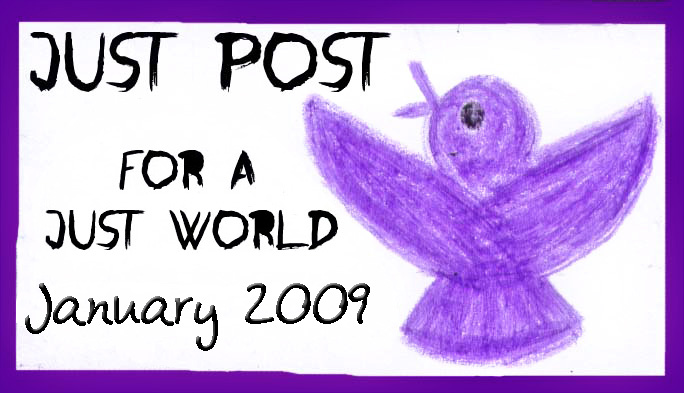
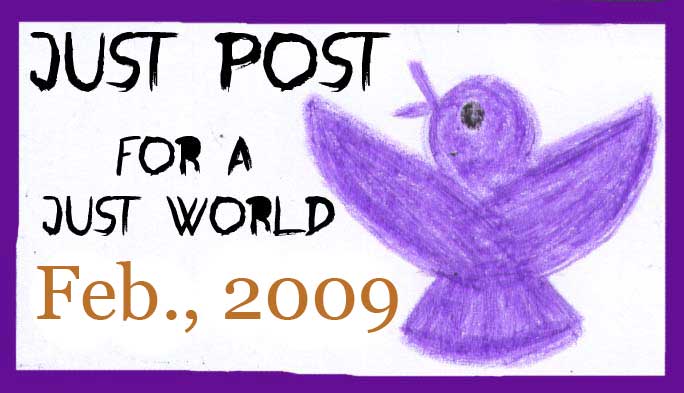








Post a Comment